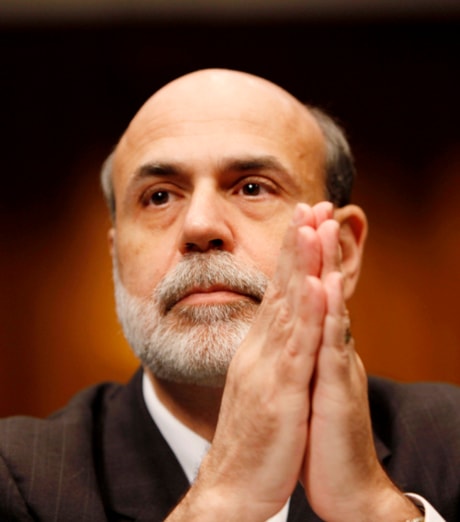WASHINGTON — Prepare for the end of record-low interest rates, U.S. Federal Reserve chairman Ben Bernanke says. Just not yet.
Higher rates on credit cards, home equity loans and some mortgages will follow the Fed’s eventual pullback of the trillions it injected into the economy. Savers will benefit, though. As rates gradually climb, certificates of deposit and savings accounts will finally pay more.
Bernanke indicated Wednesday he Fed is still months away from raising rates or draining most of the stimulus money it injected to rescue the financial system.
For now, the global recovery remains too fragile to pull back much on government stimulus. Europe is facing a debt crisis. And President Barack Obama is making a push to cut taxes to stimulate job creation.
Bernanke discussed the Fed’s plans in prepared remarks to a House committee hearing that was postponed because of the East Coast snowstorm. Bernanke chose to release the testimony because of interest from investors and others.
His testimony outlined the Fed’s strategy for reeling in stimulus money once the economic recovery is more firmly rooted.
To fight the financial crises, the Fed pumped so much money into the economy for lending programs that its balance sheet swelled to US$2.2 trillion — more than double the pre-crisis level.
Bernanke said the central bank will likely start to tighten credit by boosting the rate it pays banks on money they leave at the central bank. Doing so would raise rates tied to commercial banks’ prime rate.
Bernanke sought to bolster confidence on Wall Street and in Congress that once the economy is strong enough, the Fed has the tools and the will to raise rates and withdraw stimulus aid — without causing another recession. The goal would be to prevent another speculative asset bubble.
The stock market initially sank, then steadied itself after hearing Bernanke’s plans. Investors seemed relieved that the plans didn’t mark a shift in policy, and that they set a path for a more normal financial system. The Dow Jones industrial average closed with a modest loss of 20 points.
